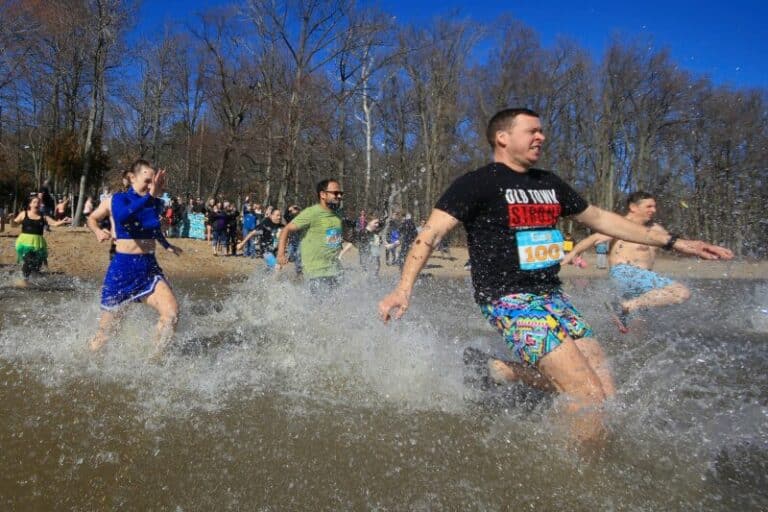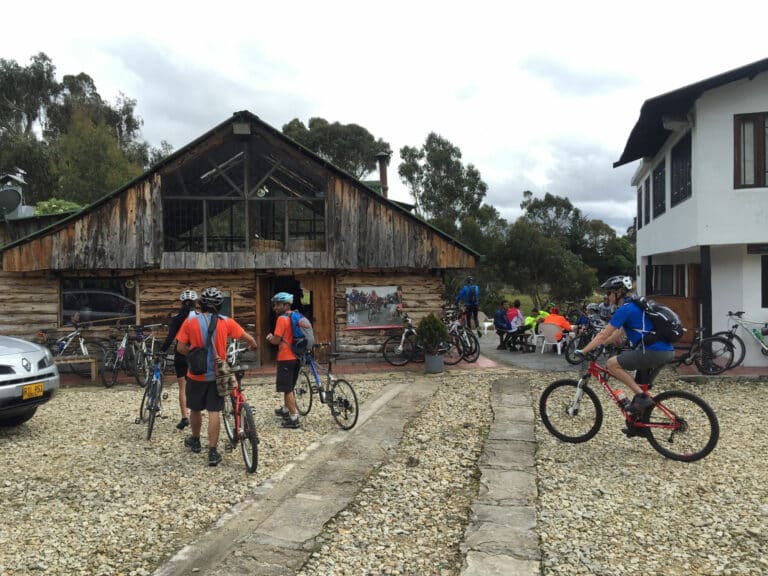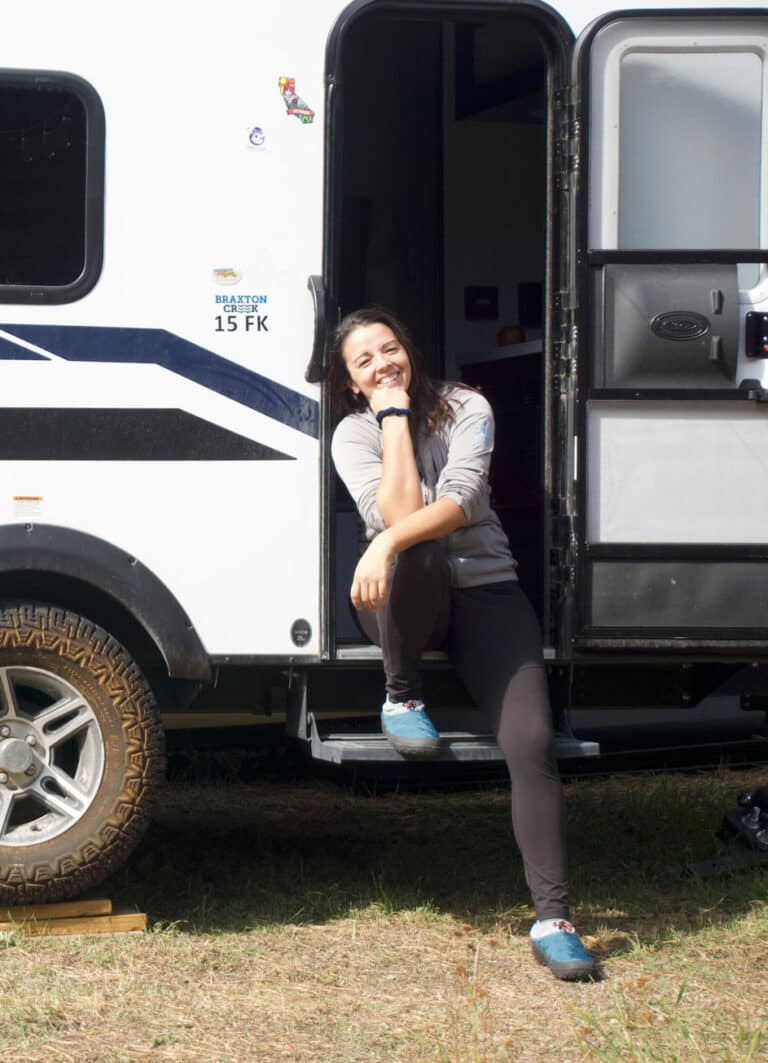Quick Tips from Top Experts
We all know the opening day feeling. You dust off your sticks, drop a full day’s pay on a lift ticket, and head for the hill with giddy excitement. But by mid-afternoon your legs are spaghetti—and fatigue sends you to the lodge before you’ve had your fill. Even if you generally stay in shape, prepping your ski legs requires a little extra effort. Here are four tips to make sure you’re not stumbling off the slopes.
Knee Relief
Sore knees are a common complaint from skiers as they get back in action. Tender knees means they’re bearing the brunt of downhill impact. “It’s important to build strength in the big muscles of the thighs,” says Chris Shepard, Winter Teams Director at Virginia’s Wintergreen Resort.
Fortunately, this doesn’t require pumping a ton of iron. Air squats are simple exercises that work all the necessary muscles to solidify ski stance: quads, hamstrings, glutes, and even lower back. Keep your feet flat, about shoulder width apart, and make sure they’re pointed in line with your knees. As you drop your hips, raise your hands straight up in the air to assist your back posture. It also helps to face a wall.

Limber Legs
As you head into the season, mix in yoga at least two days a week. It will strengthen the muscles around the joints that are really susceptible to injury. “Yoga is preventative care for skiers,” says Stephanie Pinkerton, an experienced skier who teaches yoga at the YMCA in Asheville, N.C. “By keeping the muscles around the knee joints limber, you can decrease your chance of injury on the ski slopes.”
Yoga breathing techniques will also enable increased oxygen flow to the muscles, which reduces fatigue and speeds recovery. Poses that build core strength also help reduce unnecessary upper body movement. The Warrior Poses are especially beneficial for knee strength and balance, while the Boat Pose will tighten your core.
Quad-based Cardio
Having an aerobic base seems like a no brainer, but be economical and add some quad strength to your cardio routine. If you’re not a biker, go run the stairs at your local high school football stadium. For something less intense, hit the elliptical trainer or StairMaster at the gym for at least 30 minutes, three days a week.
“It doesn’t have to be high impact,” says Dr. Mark Miller, co-director of the University of Virginia Sports Medicine Clinic and an avid skier. “You want an activity that’s closed chain, which means your foot has some opposition. That will improve aerobic fitness and work the quads.”
Jump Around
Plyometrics—also known as jump training—has become a popular way for skiers to increase agility, improve balance, and build strength.
“It allows co-contraption of both the hams and quads and gives you mogul training,” says Miller.
It can be as simple as hopping forward on each leg as far as you can—10 reps at a time. For more intensity, do side-to-side box jumps at varying heights.
—Jedd Ferris
SUSPENSION OF DISBELIEF
Can TRX take your training higher?
It looks like something kinky you’d hide when guests come over, but it’s actually the TRX, a suspension trainer designed to let you strength train when you’re away from the gym. Anchor the connected yellow and black straps to a door, grab the straps, and go to town on a number of different body weight exercises.
TRX classes are popping up in gyms all over the country, and the system has been adopted by most branches of the military, as well as NBA and NFL teams (Super Bowl champ Drew Brees swears by it). But do these straps really work, or will you end up storing the TRX next to your Thigh Master in the garage?
The TRX builds strength by adding instability to traditional body weight exercise. Take an exercise like the plank. Put your feet in the straps so half your body is suspended, and you’ve got less contact with the floor, making your core work harder to keep your body still.
“The activation of the core is like nothing else,” says Taft Draper, a professional TRX trainer. “Every exercise you do on it engages the core.”
$189 is pricey for a set of straps, but it’s far less expensive than any decent home-gym set-up—and far more versatile and portable.
But don’t drink too much of the TRX Kool-Aid. Some athletes are so ga-ga over the straps, they’re using it as their only strength training tool, which could be a bit shortsighted.
“The TRX should be one tool you use for strength training, not your entire routine,” Draper says.
—Graham Averill
TRX TRAINING
Here are three TRX moves that will whip you into snow shape.
– Ice Skaters –
Plant your feet wide and drop into an easy squat with your arms fully extended, facing the anchor point, and leaning back slightly. Shift your weight to your right foot, then leap to your left, landing with your right leg off the ground behind your body. Leap to your right landing in the same position. Repeat for 30 seconds.
– Sprinters’ Start –
Face away from the anchor and lean into the TRX with the handles beneath your armpits. Bend your front leg and create a straight line from your back heel to your head. Launch off your front leg, bringing your back knee into your chest. Repeat for 30 seconds and switch legs.
– The Pendulum –
Start in a push-up position, hands on the ground and your toes in the straps directly beneath the anchor point. Slowly start swinging your legs from side to side, keeping the rotation in your hips, which will activate your core. Swing for 30 seconds. Take it up a notch by bringing your knees to your elbow with each swing.
Watch a video demonstrating these TRX exercises.
TRX with Taft Draper and Blue Ridge Outdoors from Graham Averill on Vimeo.







